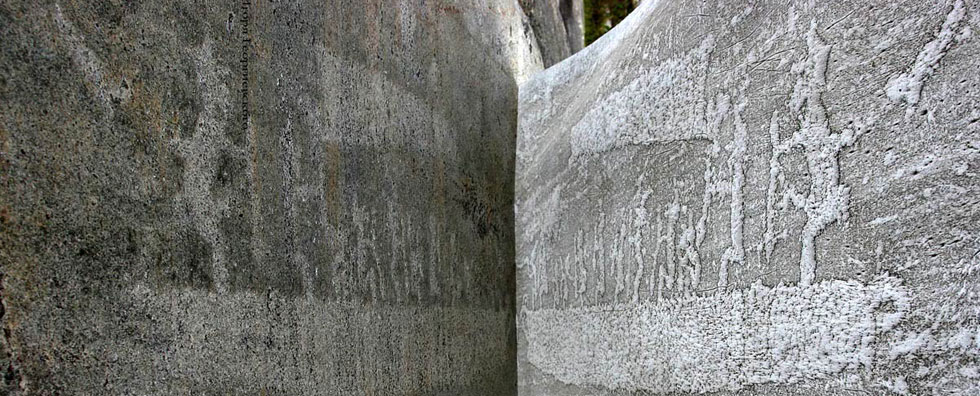
Issue №2, Vol. 18
Kalyashov V., Shapiro V., Grigorev I., Kunickaya O., Grigoreva O. Assessment of the efficiency of the skidding track on the slope of the thawing soil mass under cyclic static loads // Resources and Technology. 2021. №2, Vol. 18. P. 79‒95.
DOI: 10.15393/j2.art.2021.5723
Assessment of the efficiency of the skidding track on the slope of the thawing soil mass under cyclic static loads
| Kalyashov Vitalij | Saint Petersburg State University of Architecture and Civil Engineering, vit832@yandex.ru |
| Shapiro Vladimir | St. Petersburg State Forest Engineering University named after S. M. Kirov, shapiro54vlad@mail.ru |
| Grigorev Igor | Arctic State Agrotechnological University, silver73@inbox.ru |
| Kunickaya Olga | Arctic State Agrotechnological University, ola.ola@mail.ru0 |
| Grigoreva Olga | St. Petersburg State Forest Engineering University named after S. M. Kirov, grigoreva_o@list.ru |
|
Key words: forests on slopes logging operations skidding soils forests on permafrost |
Summary: Forests located on steep and very steep slopes are particularly vulnerable ecosystems and require a particularly responsible attitude when designing logging operations and justifying the choice of the machine system and their operating modes. This is especially true for forests on slopes in permafrost conditions. The most energy-intensive and environmentally harmful operation of logging operations is skidding, which can be performed using skidding tractors in fully submerged, semi-submerged, or semi-suspended positions. Currently, rope skidders are rarely used in the development of cutting areas on the slopes. More often forest machines are equipped with winches, less often conventional forest machines move along the slopes using special self-propelled T-winches. Skidding is known as the movement of timber from the place of tree felling to the place of loading on logging transport. When cutting areas are developed on slopes, with equal probability the loading point (upper timber landing) may be located both at the top of the slope and at its bottom. If it is possible to choose the location of the route of a logging road relative to the slope, this choice should be justified. The environmental criterion – the degree of impact on the soil of the cutting area should be taken into account. The skidding impact severity also significantly affects the cross-country capability of forest machines and skidding systems based on them, and significantly affects the production performance of their work. |
Displays: 844; Downloads: 479;




